Hello Hive
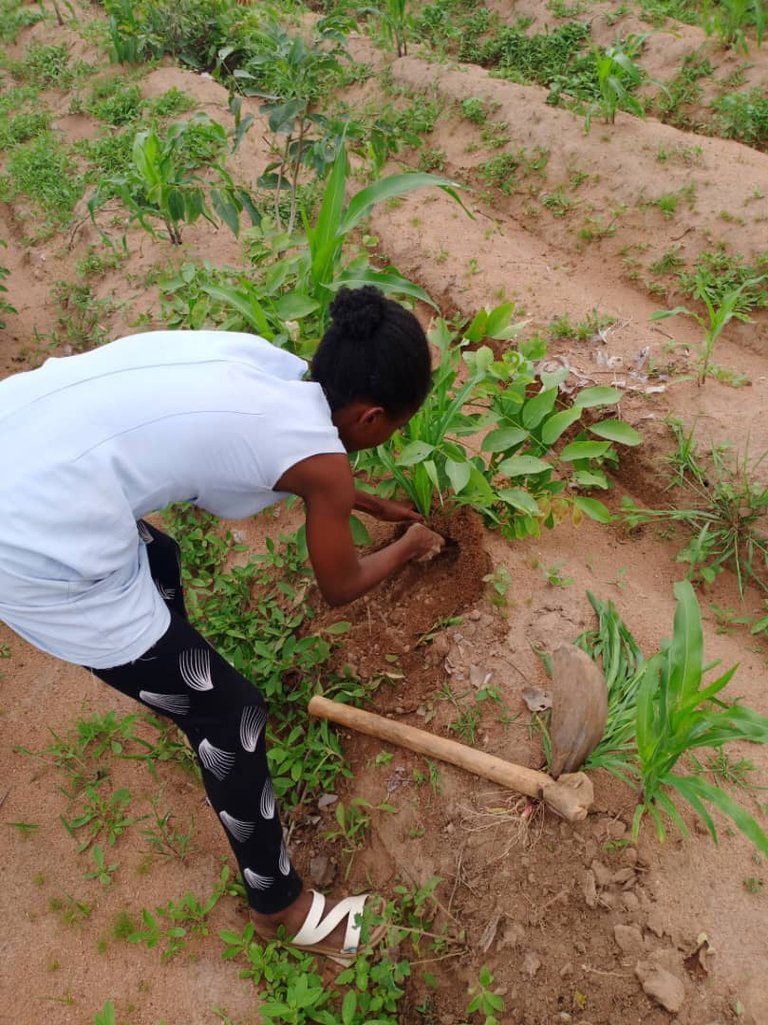
It is a common occurrence to have sparrows and all the other birds dig up and eat some of our planted seed. At this time of the year, there are barely any fruit trees for them to feed on. During the dry seasons, I often wonder what these sparrows eat. At the onset of the rains, as soon as we plant our crops, you will find them rushing to come and pick up the harvested grains.
Sometimes the planted seeds germinate so scantily that it becomes a necessity for us to either replant or transplant, unless we don't want to harvest a lot of uniform grains at harvest.
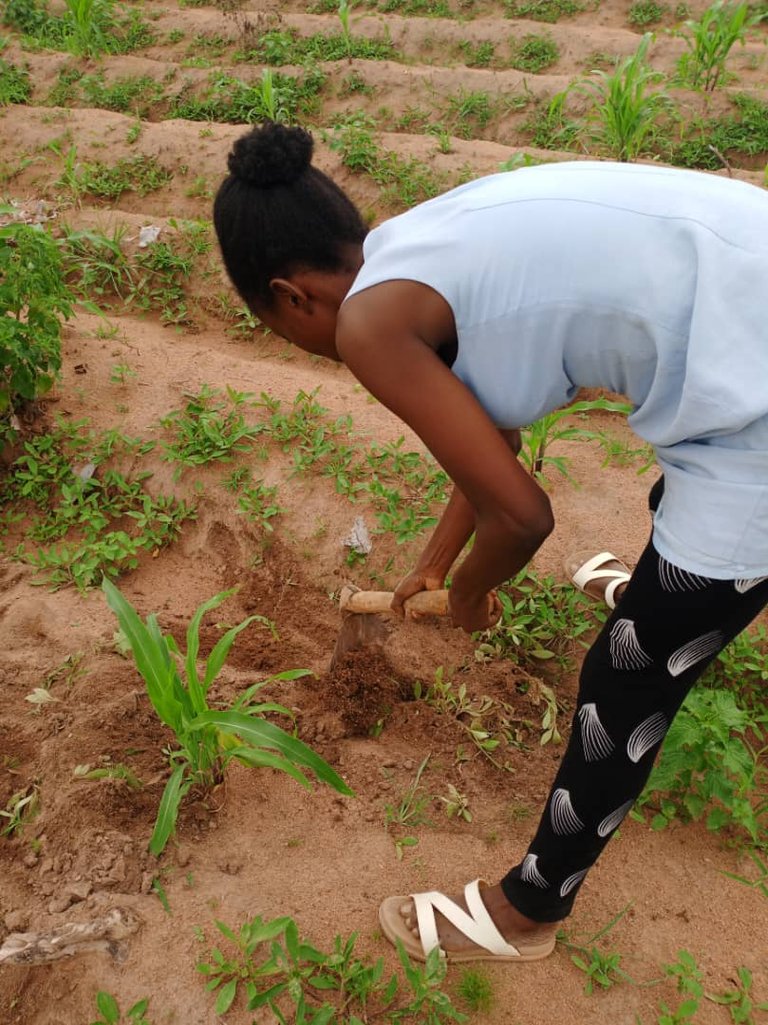
Here are a few things to know if we want to transplant or replant corn.
- Replanting is often done after 1-2 weeks of planting our grains. Upon planting, it is often required that we monitor the close germination of the seed in order to take note of the severity of missing seeds.
Replanting the missing seeds after 4 weeks of germination only implies that the corn will not be harvested at the same time. The newly planted grains will not mature at the same time as the older ones. Hence, it is important to take note of this proper timing for replanting corn.
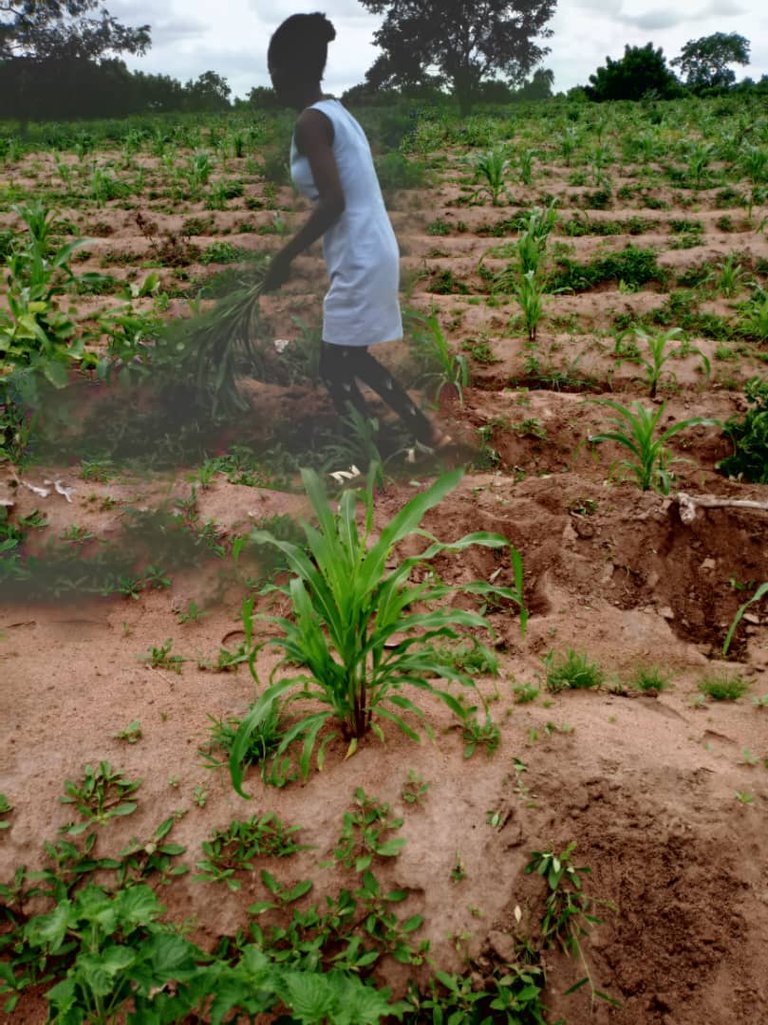
In another way, we can choose to transplant our corn instead of replanting new seeds. This is possible in situations where excess grains have been planted, and we can pull out some of the crops to plant in new locations where the seedlings have been eating up.
The proper number of maize grains to be planted per hole should be between 2 and 3 at most. But while trying to catch up with speed, we can sometimes drop more seeds than that.
They aren't totally useless but will be very useful in situations where birds create space in the farms and we will need to fill them up.
The same scenario has played out on our farm here, and since the corn is already past 3 weeks, I am choosing to transplant them rather than replant.
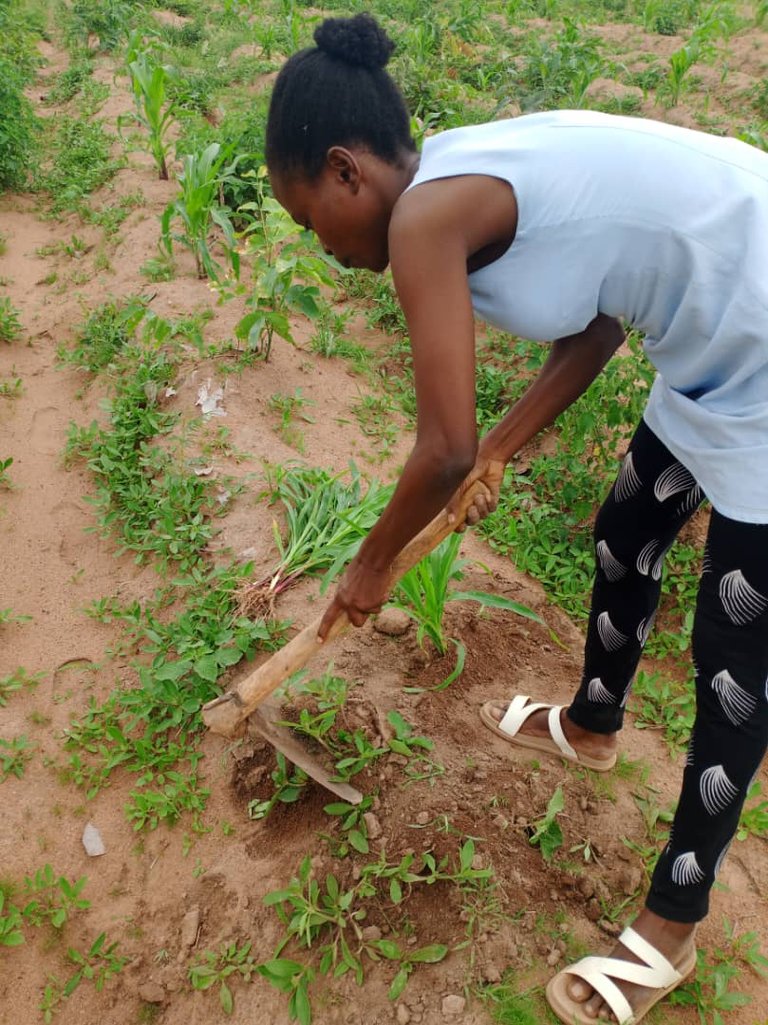
Here, I have broken off some of the corn and needed to weed off the portion where the corn will be transplanted. One important thing you need to take note of while doing this exercise is to ensure that the ground is wet enough.
Transplanting corn on dry soil means that the crops won't survive.
I was equally taught to cut off the heads of the corn a bit before placing them into the soil in a new location.
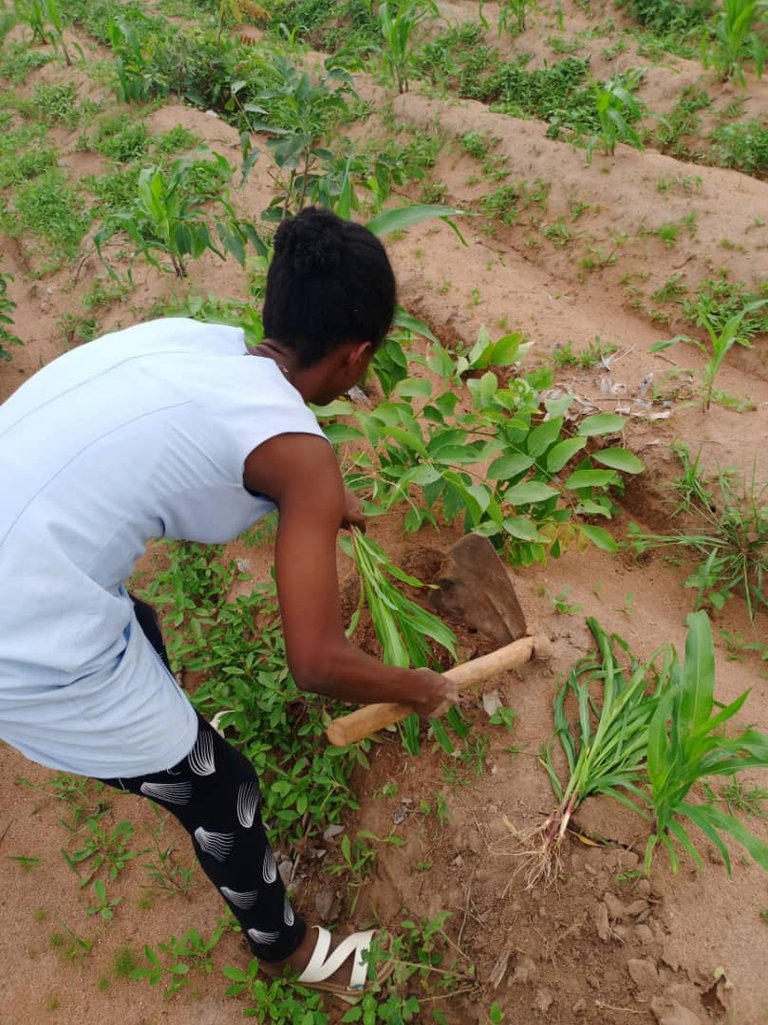
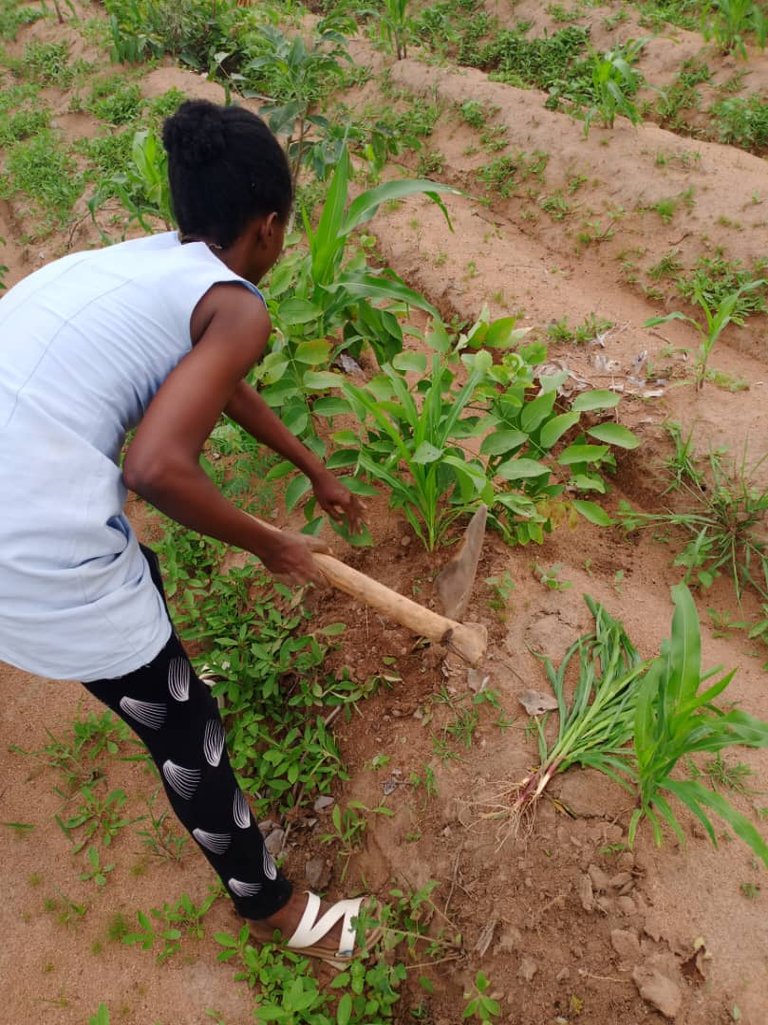
So we had so much space in our corn field, so much that I had to begin the task of transplanting. This means that there is a whole lot of work to be done in our corn field right now, which includes weeding and the addition of fertilizer.
Posted Using InLeo Alpha
Hi dear, it's always a struggle with birds eating seeds. Transplanting seems like a smart move when replanting isn't exactly the ideal. Keeping the soil wet is such a good tip you gave for better survival. Thanks for sharing this one
Thanks for stopping by
You're welcome